When it comes to finding the perfect pair of shoes for your little one, measuring their feet accurately is crucial. Baby feet grow rapidly, and a proper fit ensures their comfort and healthy development. This guide will delve into the best ways to measure baby feet, along with practical tips, product highlights, and real-world footwear experiences.
Understanding the Importance of Proper Fit
Choosing the right shoe size for your baby is not just about style; it’s about health. Their little feet are still developing, and wearing shoes that are too tight or too loose can lead to discomfort and potential foot problems later in life (Source). Moreover, the wrong fit can hinder their ability to walk, run, and explore their environment.
Common Issues with Poor Fitting Shoes
- Blisters: Shoes that are too tight can rub against a baby’s skin, leading to painful blisters.
- Flat Feet: A lack of support from ill-fitting shoes can contribute to flat feet in children.
- Developmental Delays: Improper footwear can affect a child’s balance and coordination.
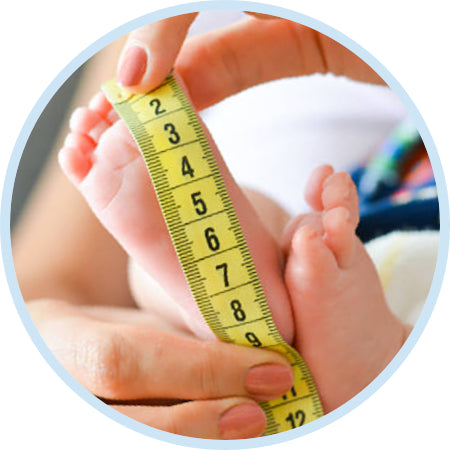
How to Measure Baby Feet: Step-by-Step Guide
To ensure you choose the right size, follow these simple steps to measure your baby’s feet accurately:
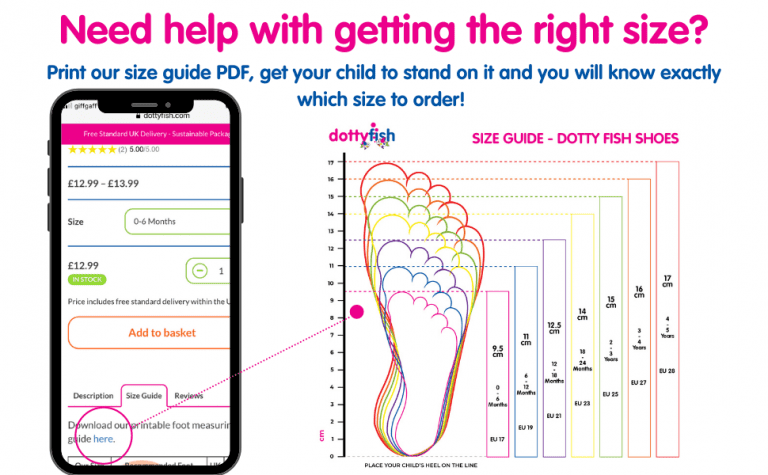
Materials Needed
- A piece of paper
- A pencil
- A ruler or measuring tape
- A flat surface
- Optional: a foot measuring device
Step 1: Prepare the Area
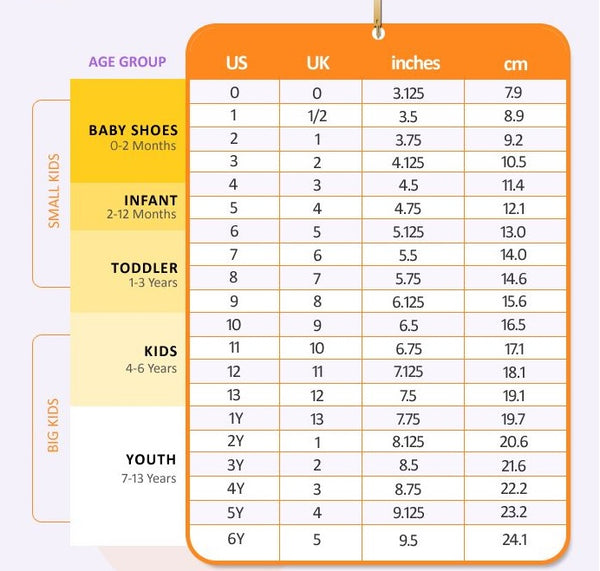
Find a flat, hard surface where your baby can stand or sit comfortably. It’s best to avoid soft surfaces like carpet as they can give inaccurate measurements.
Step 2: Trace the Foot

Place the piece of paper on the flat surface and have your baby stand with their weight evenly distributed on both feet. Trace around the foot with a pencil, keeping the pencil upright and as close to the foot as possible without touching it. Do this for both feet, since one foot may be slightly larger than the other.
Step 3: Measure the Length and Width

Using a ruler or measuring tape, measure the length from the longest toe to the heel. Record this measurement in inches or centimeters. Next, measure the width at the widest part of the foot. This will help you find both the length and width of the shoe needed.
Step 4: Consult a Size Chart

After obtaining the measurements, consult a baby shoe size chart. Most brands have their own size guidelines based on foot measurements. (Source)
Baby Shoe Size Chart Example
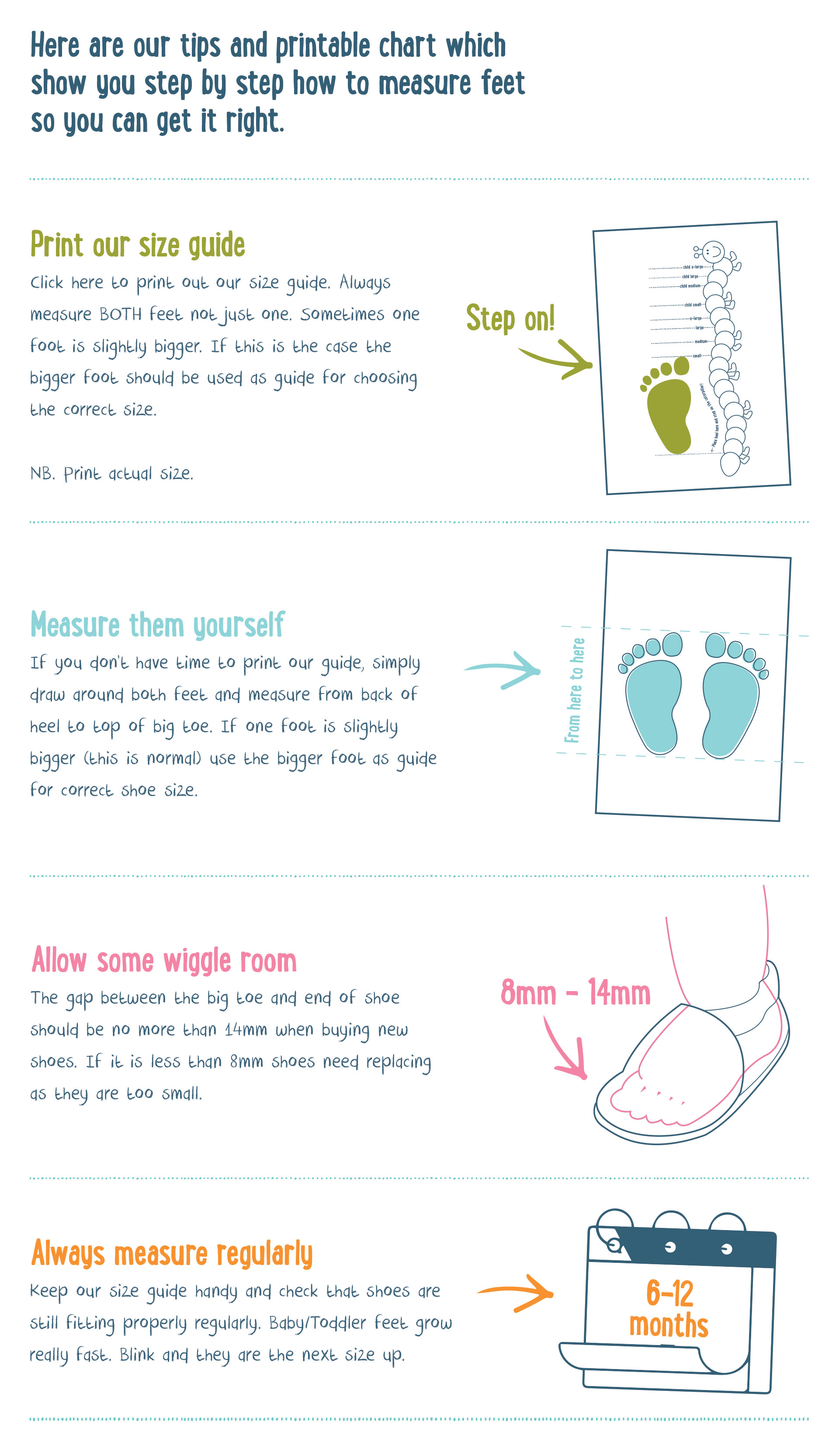
| Foot Length (inches) | Foot Length (cm) | US Shoe Size |
|---|---|---|
| 4.0″ | 10.2 cm | 0 |
| 4.5″ | 11.4 cm | 1 |
| 5.0″ | 12.7 cm | 2 |
| 5.5″ | 14.0 cm | 3 |
Real-World Footwear Experiences
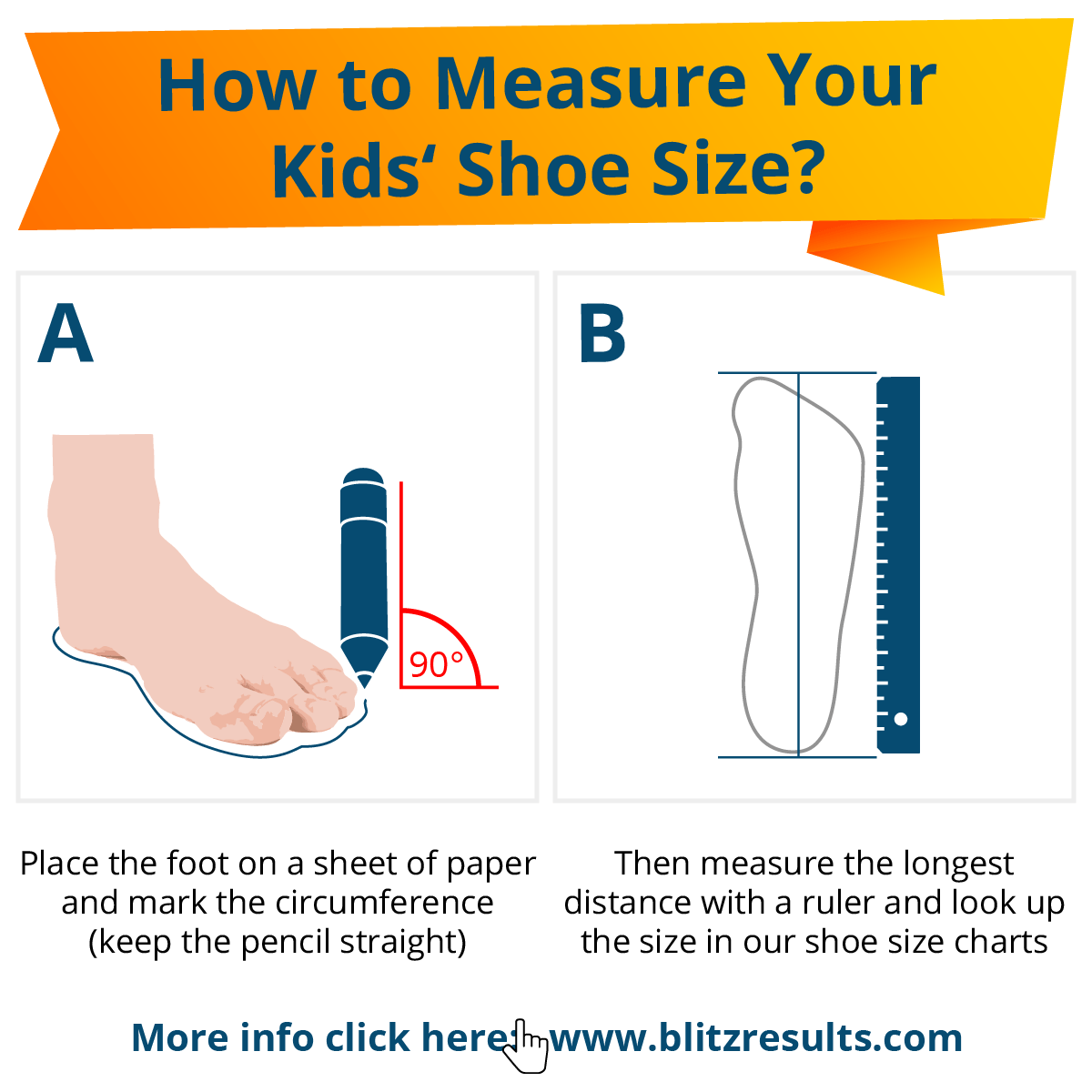
Real experiences from parents can provide valuable insights into measuring and choosing baby footwear.
Case Study: The Trouble with Sizing
Sarah, a new mom, initially purchased shoes for her son based solely on age recommendations. However, she soon realized the shoes were too tight, causing her son to cry whenever they were put on. After measuring his feet using the steps outlined above, she discovered he needed a size larger than what was recommended for his age. Following this, she invested in shoes that offered more room for growth, which made a significant difference in her baby’s comfort.
Feedback from Pediatricians
Pediatric podiatrists often emphasize the importance of frequent measurements, as babies can grow out of their shoes in just a few months. They recommend checking the fit every two to three months, especially for active children. Ensuring that there is about a thumb’s width of space between the end of the longest toe and the front of the shoe is a good rule of thumb.
Tips for Selecting the Right Baby Shoes
Measuring your baby’s feet is just the first step. Selecting the right shoes is equally important. Here are some tips:
Buy Shoes Later in the Day
Feet tend to swell during the day, so measure your baby’s feet in the afternoon or evening for the most accurate fit.
Consider the Shoe Material
Opt for flexible materials that allow the foot to move naturally. Look for shoes made from breathable fabrics to keep little feet comfortable.
Look for Adjustable Features
Choose shoes that come with adjustable straps or laces. These features can help accommodate your baby’s growing feet.
Product Highlights: Best Baby Shoes for Comfort and Fit
Here are some highly regarded baby shoe brands known for their fit, comfort, and quality:
1. Freshly Picked
- Pros: Soft leather, trendy designs, easy to put on and take off.
- Cons: Pricier than other options.
2. Robeez
- Pros: Flexible sole, machine washable, wide sizes available.
- Cons: May not be suitable for outdoor use.
3. Stride Rite
- Pros: Great arch support, durable, available in various styles.
- Cons: Can be stiff initially.
Pros and Cons of Different Shoe Types
Soft Soles vs. Hard Soles
| Shoe Type | Pros | Cons |
|---|---|---|
| Soft Soles | Allows for natural foot movement, lightweight. | Less support, may not last long with heavy use. |
| Hard Soles | More support, better for outdoor use. | Can restrict movement, heavier. |
FAQs About Measuring Baby Feet for Shoes
1. How often should I measure my baby’s feet?
It’s recommended to measure your baby’s feet every two to three months, especially as they grow rapidly during the first few years.
2. What is the best time of day to measure feet?
Measure your baby’s feet in the afternoon or evening when their feet are slightly swollen for a more accurate measurement.
3. Can I measure my baby’s feet while they are sitting?
Ideally, you want your baby to stand when measuring. Standing allows their feet to spread out, giving a more accurate length and width measurement.
4. What if my baby’s feet are different sizes?
It’s normal for one foot to be slightly larger than the other. Always go with the larger foot when choosing the shoe size.
5. Are there specific shoes for different ages?
While there are general age categories for shoe sizes, it’s best to base your selection on actual measurements rather than age.
6. Should I choose shoes with a rigid sole for infants?
For infants, flexible soft-soled shoes are often recommended to allow for natural movement and development of the foot.
7. How can I ensure the shoes fit correctly after purchase?
After putting the shoes on your baby, check for adequate space by ensuring there’s about a thumb’s width between the toe and the shoe’s end, and that the sides aren’t pinching.
8. Is it okay for shoes to be a bit loose?
A little bit of extra room is acceptable, but the shoe should not be excessively loose. Shoes that are too loose can increase the risk of tripping.
9. Should I break in the shoes before my baby wears them?
Baby shoes typically should not require a break-in period. If they feel stiff, consider returning them for a more flexible option.
Conclusion
Measuring your baby’s feet correctly is a vital step in ensuring they wear shoes that are comfortable and appropriate for their growth. Remember to measure frequently, choose the right materials, and consult reliable size charts to ensure the best fit.
By following these guidelines and tips, you can make informed decisions when it comes to your baby’s first shoes, laying the foundation for healthy foot development and an adventurous childhood.